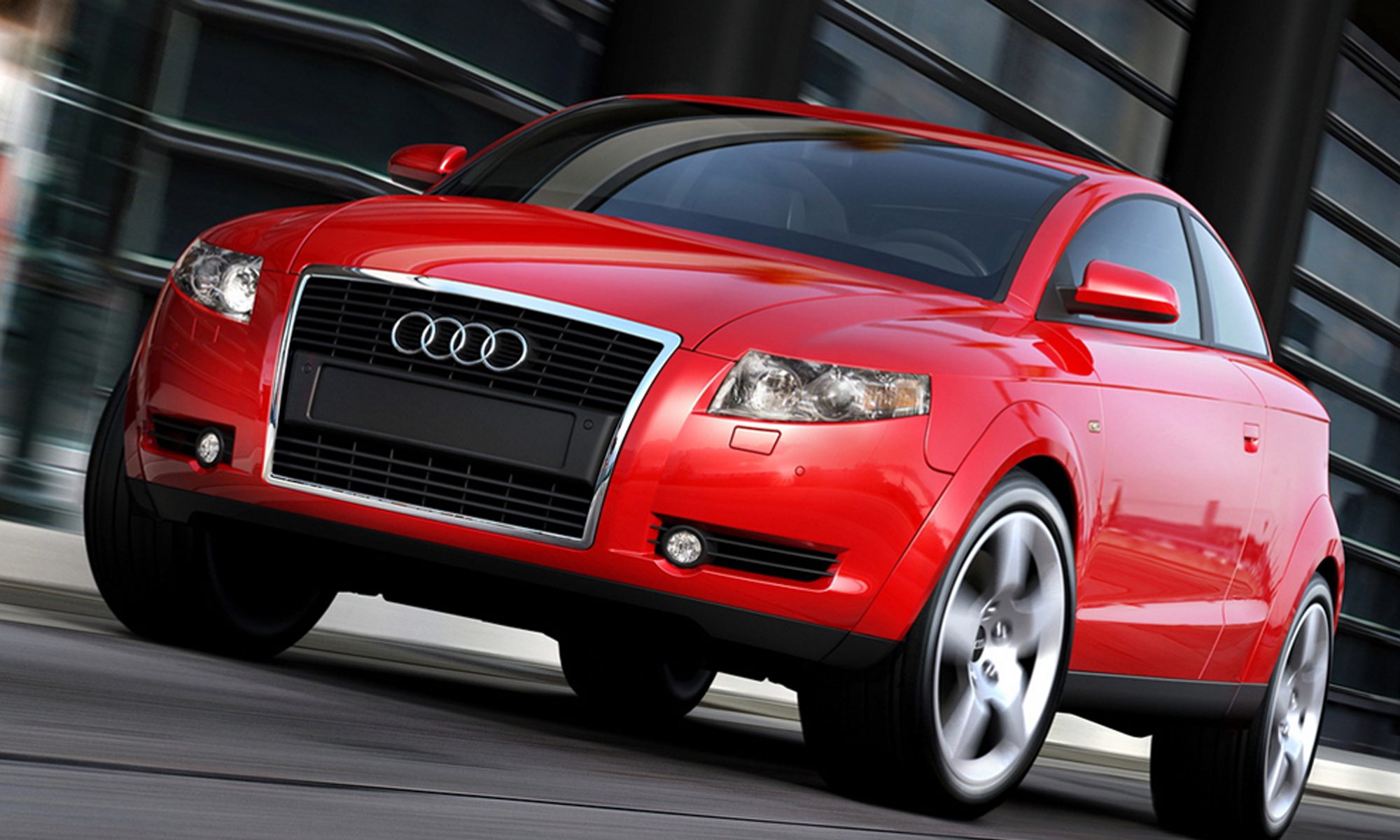
Volvo seems to be regaining its footing under Chinese ownership. The acclaimed XC90 SUV has helped drive US sales from 56,000 in 2014 to 70,000 in 2015, so the addition of the all-new S90 sedan should accelerate that volume growth. The S90 shares a bold front-end theme with its SUV partner, featuring cool headlamps. The car has a bold “substantial” look that reinforces the Volvo trademark emphasis on safety. The interior is pleasing and the whole car seems to be well executed. Whether they can really go it alone in this market and maintain a viable presence remains to be seen.
Kia unveiled the refreshed Forte and Forte5 sedans and hatchbacks. The designs are competent, but not striking.








































































Vous devez être connecté pour poster un commentaire.